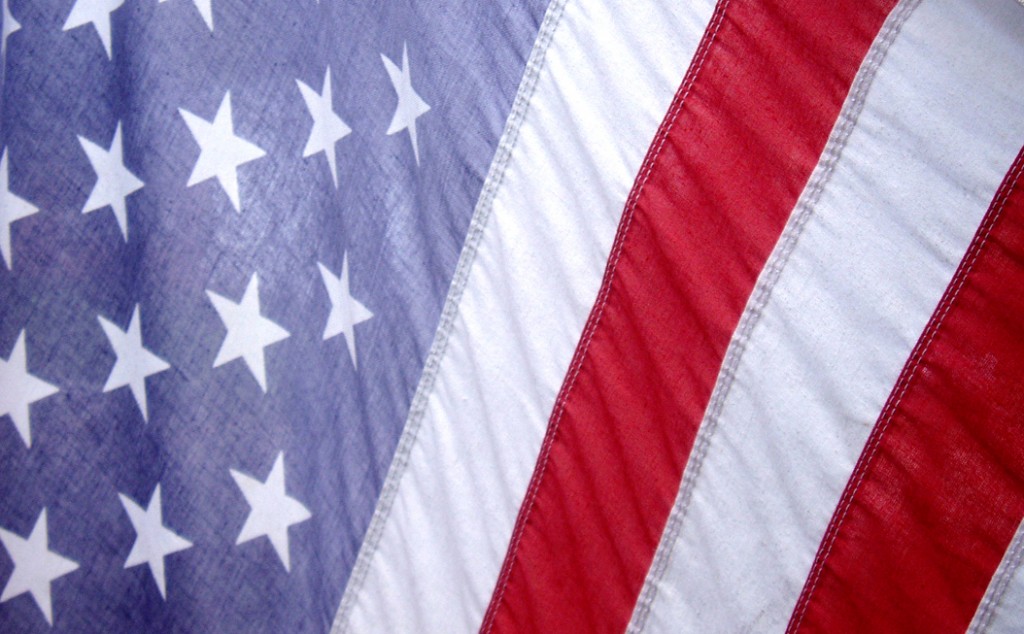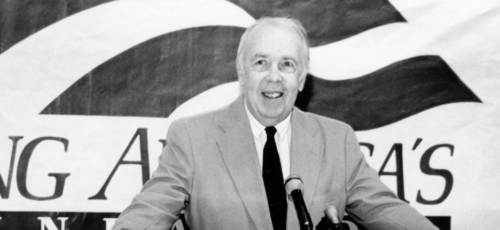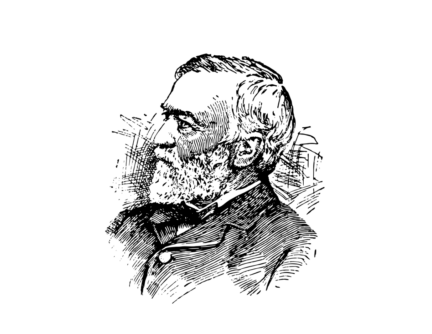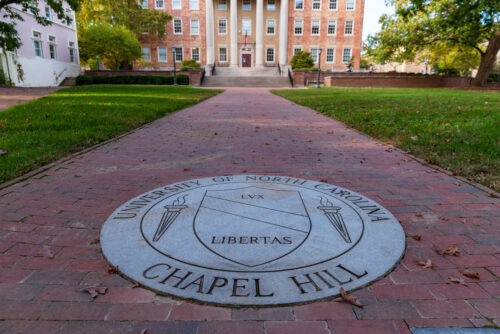They held a primary election in Maryland last month and very few people came. The race for governor was between Lt. Governor Anthony Brown, Attorney General Doug Gansler, and Delegate Heather Mizeur. Gansler actually declared that some taxes in Maryland were too high, and Mizeur said people should vote for her because she was a lesbian who would legalize pot and use the proceeds to operate universal preschools. (She didn’t say if the frazzled preschool teachers, exhausted from corralling four-year-olds all day, would get a “corporate discount” on the newly legal dope.)
Brown ran a front-porch campaign, presenting himself as an empty suit who happened to be black, except on the days when he remembered one of his parents was white and declared himself multiracial. This was successful, ensuring that Brown got 51 percent of the vote. Since only one Republican has become governor of Maryland since 1970, Brown’s primary win means that he will be governor in January, thanks to the 21 percent of voters who showed up in the primary.
In Montgomery County, Maryland, all of the incumbents were re-nominated. Since no Republican has been elected to a county office in at least thirty years, this meant automatic victory in the fall. Since only 16 percent of voters showed up in the primary, some of the triumphant incumbents announced that low turnout was a problem, and obviously the voters needed to receive lavishly funded literature from the county that would rekindle the fading romance the people had with the state.
The Maryland results wouldn’t be surprising to any reader of the Pew Research Center report Political Polarization in the American Public, which shows how a rising number of Americans only talk about politics with those who agree with them politically. (The report was paid for with funding from the Hewlett and MacArthur Foundations.)
(Note to Pew Research: I realize you have a problem convincing readers you are nonpartisan when you are a division—sorry, a “subsidiary”-- of the Pew Charitable Trusts, a highly partisan liberal think-tank. But could you come up with a different term to describe what you do than “nonpartisan fact tank?”)
Pew surveyed 10,013 Americans about their political views, and found that 36 percent of Americans called themselves conservatives while 23 percent said they were liberals. However, Pew found that those on the right were more likely to call themselves conservatives, while leftists were more likely to think of themselves as moderates. So they administered a ten-question quiz and concluded that 27 percent of Americans were consistently or mostly conservative while 34 percent were consistently or mostly liberal.
The Pew researchers found that people with firm political views not only like to live in areas where people share their political views, but like to live in different kinds of places. Liberals prefer the New Urbanist vision of cities where stores and schools are close to home, even if homes are smaller than they would be in the suburbs. Conservatives like to live in the suburbs where they can have bigger homes and can drive to the mall to buy stuff. Liberals like places that are racially diverse while conservatives prefer places that respect religion.
Most regrettably, according to Pew, “73 percent of consistent liberals say it’s important to them to live near art museums and theaters, just 23 percent of consistent conservatives agree.” This lack of interest in culture may be one reason why, after thirty years, the circulation of the New Criterion remains in the high four digits and why it is news that Adam Bellow, in the current National Review, thinks that conservatives and their donors should do something to support novelists.
Craig Gilbert of the Milwaukee Journal Sentinel had an interesting four-part series in May (which begins here) about what the idea that conservatives and liberals live in different parts of the world. In eastern Milwaukee this has meant that the cities of Milwaukee, Kenosha, and Racine have become bluer while the surrounding counties have become redder. Nationally, this means that in states where both parties are competitive, Republicans are more likely to control legislatures because, with their dominance in suburbs and the country means they control more square miles than Democrats, whose clout is limited to cities. But in states and nationally both parties are on more equal ground.
Two personal points. In my experience, it is increasingly hard to talk about politics with the left. I stay friends with liberals with whom I disagree politically by agreeing in advance not to talk about politics. The two exceptions are liberals who agreed to talk about politics the way we talk about sports (with the Republicans as my "team"). There are so many minefields in political discussions these days that a misstep can easily end up in a friendship-terminating explosion.
Second, the separation of conservatives and liberals into separate enclaves is not that bad as long as political views are robustly debated within a state. In states where one party dominates politics turn rancid. As I understand it, in Maryland political power is divided between the governor and the Democratic leaders in the Senate and House of Delegates, who are the governor’s only real opponents. This ensures that matters are settled in back rooms where nearly all the delegates—and all of the Republicans—are excluded.
Given that voters have no say in what happens in state or county governments in Maryland, it’s little wonder that most voters stay home—or joylessly vote for an empty suit.







Agree.
Maryland is reaching the point where, like California, Democrats cynically offer programs specifically designed to keep minorities dependent upon them, and tax the rest to finance it.
This, despite the fact Steny Hoyer has successfully relocated large segments of DoD business to Maryland, gambling has been legalized in the state and the state enjoys a robust economy and a comparatively low unemployment rate due to the fact that so many in the state work for the Federal government and are thus ‘recession-proof’.
The trend into the future is foreseeable.
Liberal friends of ours who are retiring are leaving the state for Virginia, because they cannot afford to retire in the state they helped create.